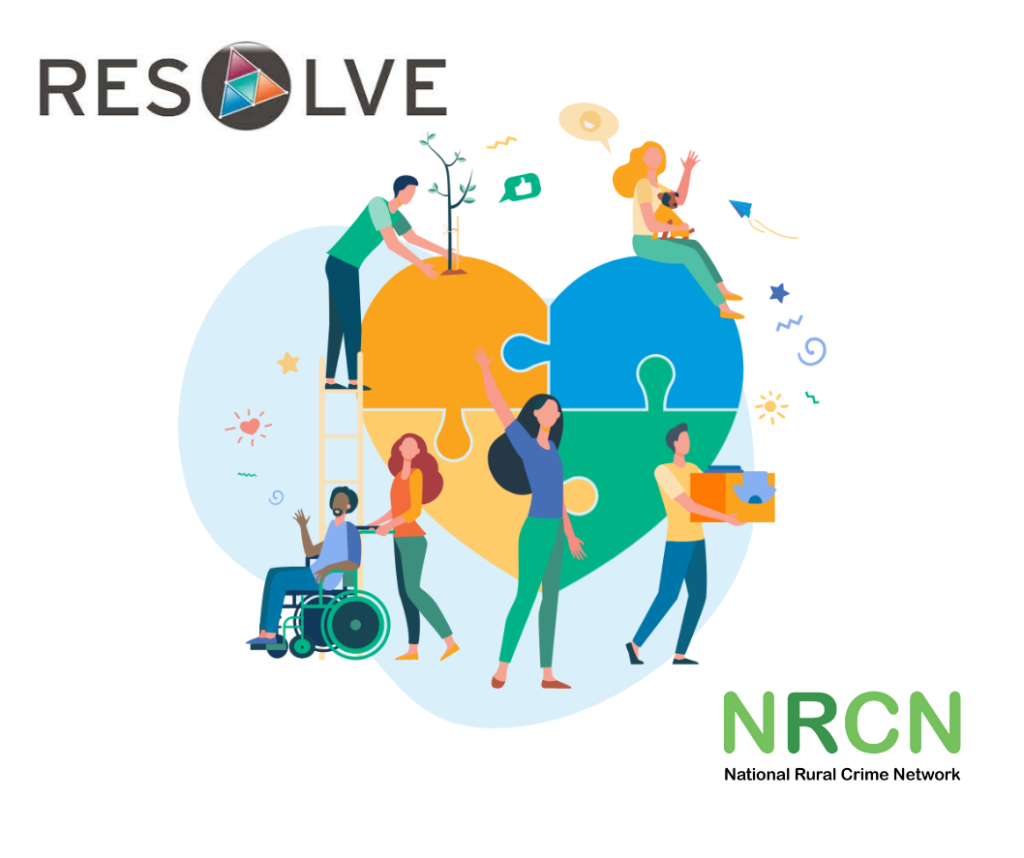The Resident Voice Index™: Drawing parallels between UK and US social and affordable housing
The provision of affordable housing is an issue facing nations globally. At MRI, every day we see the potential for data and insight to help address problems faced by those who provide housing. Ashley Close, one of the Solutions Architects in our London offices offers a global perspective of the Resident Voice Index™ Neighbourhoods & Communities report.
For the past eight years, I have been based in the United States, working for MRI Software’s affordable and public housing division. Moving from Cleveland, Ohio to London during a pandemic has been an adventure, to say the least. One of the reasons that I chose to make this move was the opportunity that it provided to learn how different parts of the world provide housing assistance.
A company with the depth of resources that MRI has, has the potential to access data from around the globe – and use this data to help solve some of the sector’s biggest problems, such as food and fuel poverty and the need for safe and affordable housing.
My job has been to know how compliance and property management works, so that we can help housing providers improve their processes to achieve a better understanding of the challenges housing providers face.
Having served as the VP of the Board for the Northeast Ohio Coalition for the Homeless (NEOCH), I have been given insights into the struggles people face due to the lack of available affordable housing. As a newcomer to social housing in the UK, I’d like to share my initial thoughts on the sector, as well as provide my reaction to and analysis of the Resident Voice Index™ Neighbourhoods & Communities report.
Using the data that we have globally, if we can compare different approaches and outcomes around housing, we can find the best solutions. At MRI we have the voice, the experience and the access to residents to help gather more information from multiple stakeholders, as evidenced in the Neighbourhoods & Communities report. Data can give us the power to change how the world addresses housing and the challenges that arise within this sector.
UK social housing and US affordable housing: the differences
The UK and US share the same goal of providing affordable housing, however there are some differences between how the two nations have approached this. Housing regulation has often been impacted by events and lessons learned in each country. The UK Grenfell tragedy led to heavy regulation around building safety and questions being asked about listening to the voice of the resident in the sector. Looking to the US and the Surfside Condominium collapse, this may be the beginning of a similar movement in US regulation.
The Right to Buy scheme, allowing tenants to buy homes at a discounted price changed many lives in the UK and drastically affected the amount of social housing available. While the US does offer some home ownership programmes, these are not common and they do not erode affordable housing stock numbers.
Both countries face a shortage of affordable housing, and both continue to struggle with the issue but in my opinion, the UK shortage is somewhat self-inflicted. In the UK, a social home is for life, not just for crisis; in 2019-20, nearly ¾ of new social tenures awarded were lifetime tenancies.
The US by comparison, has a needs-based approach, doing annual recertifications of all its residents in order to find out if they are still eligible for housing assistance and if the amount of assistance needs to change based on their financial situation.
While this prevents people from living in affordable housing when they don’t necessarily need the help anymore, this places a greater burden on the housing providers and residents to maintain accurate compliance records. The amount of paperwork that needs to be maintained in order to qualify for affordable or public housing in the US is excessive and often, painful.
Creating a sense of community
The insights provided in the Resident Voice Index™ Neighbourhoods & Communities report have proven to be some of the most influential thought leadership pieces to be released by MRI Software. Up until now, this report has only been released in the UK, but it will also launch in the US and Australia.
I found the statistical data regarding the impact of the current actions of housing providers on residents’ sense of community to be disconcerting. Only 16% of residents felt that the current actions of their housing provider increased their sense of community. While this may not be overly surprising, it’s certainly a definitive datapoint that has initiated a dialogue for many housing providers. Should housing providers be responsible for creating a sense of community amongst their residents? If so, how do they go about doing this?
The Covid-19 pandemic has caused unique challenges for housing providers in both the US and the UK, not least around maintaining their communities. How do you create a sense of community, while upholding the necessary social distancing? The second Resident Voice Index™ report, which will be released next month, addresses themes pertinent to this question, having asked survey respondents about community support and life after lockdown.
Shared challenges, differing solutions
The challenges facing housing providers, residents and communities are, for the most part, similar in the UK to those faced in the US, with some notable exceptions. Safety has been a significant challenge everywhere, but the issue of gun violence for example, is more prominent in the US due to the lack of gun control legislation. These specific challenges are vastly different in the UK.
The four most prevalent suggestions offered by respondents in the Neighbourhoods & Communities survey to make their neighbourhoods feel safer were, increased police presence, improved lighting, tackling drug-related crime and ASB, and increased surveillance. The final suggestion is an interesting one as a point for how responses might differ between the UK and the US. London is one of the leading cities in the world for the number of surveillance cameras and it can, therefore be suggested that the presence of them has become normalised for many UK residents. Americans by contrast, often believe that surveillance conflicts with the right to privacy and so it is likely that US residents would have very different suggestions for improving neighbourhood safety.
Food deserts
In the Neighbourhoods & Communities survey, respondents were also asked to name what was Important for them to have access to within 15 minutes of their home. Healthy, affordable food shopping came out as the third most important amenity but only the seventh most prevalent within existing neighbourhood structures. The report states that, “As of 2018, over 1 million people in the UK were estimated to live in ‘food deserts’. These are neighbourhoods of 5,000-15,000 residents with access to two or fewer big supermarkets.”
Food deserts are an issue in the US as well, especially in high-poverty areas; they also disproportionately affect minority communities. Due to the size of the country, this problem isn’t going away anytime soon. Eating healthily can be more expensive in America and the time needed to prepare healthy food is not something that many low-income families have, which is a universal problem.
The Resident Voice Index™: delivering actionable insights
In the UK, those in the position of planning new housing and neighbourhoods, can use the findings of the Neighbourhoods & Communities report to improve the availability of healthy, affordable food, knowing that it is of great importance to communities. I look forward to seeing the rollout of surveys in the US and uncovering powerful insights such as these, that can improve how housing is provisioned.
MRI Software has proven that the best approach to solving these challenges is in sharing information. We have made the Neighbourhoods & Communities report available to residents, colleagues, competitors and policy makers. Maintaining an open dialogue between all parties is the only way to ‘level up’, as the UK would say!
The second Resident Voice Index™ report, Community Support & Life After Lockdown, will be released in February.
Article by Ashley Close, Solutions Architect, MRI Software 
Taking Action on Fly-Tipping with MRI Safer Communities
Did you miss the Taking Action on Fly-Tipping webinar? Co-hosted by Resolve, the UK’s leading community safety organisation, and the National Rural Crime Agency, we explored strategies to combat fly-tipping and the role of technology in protect…

